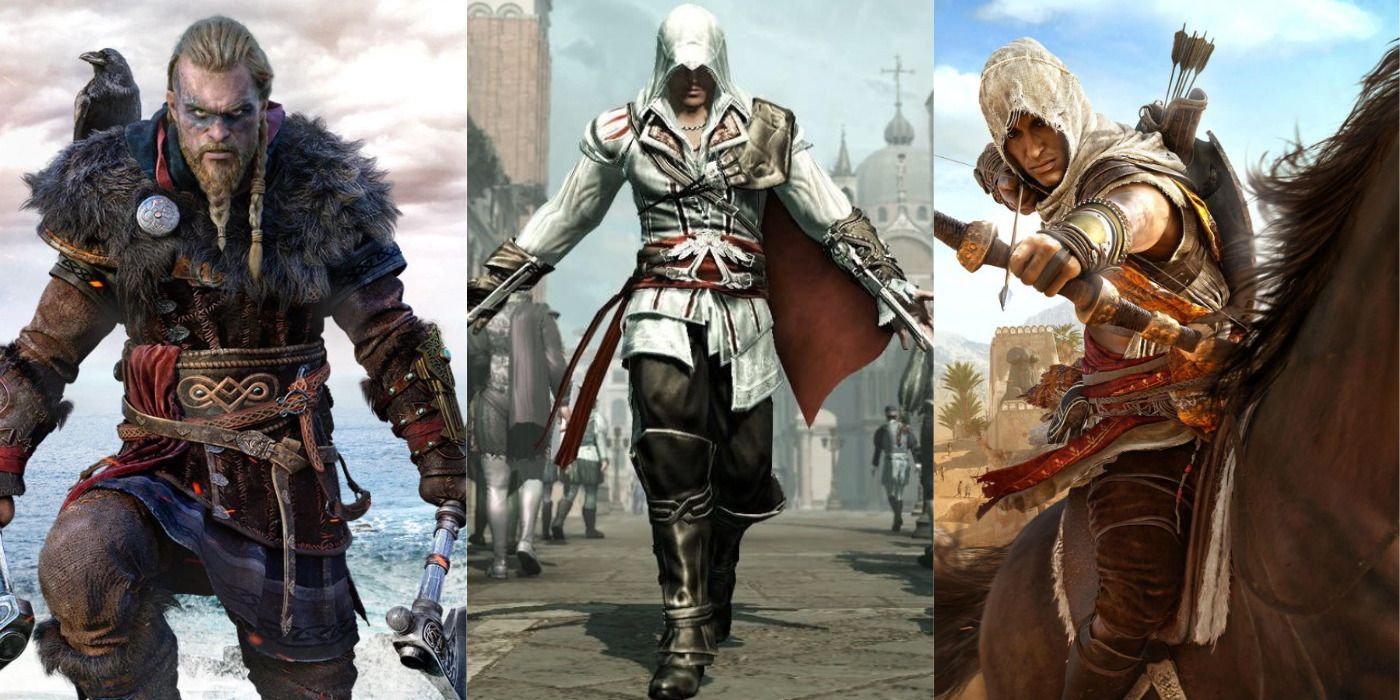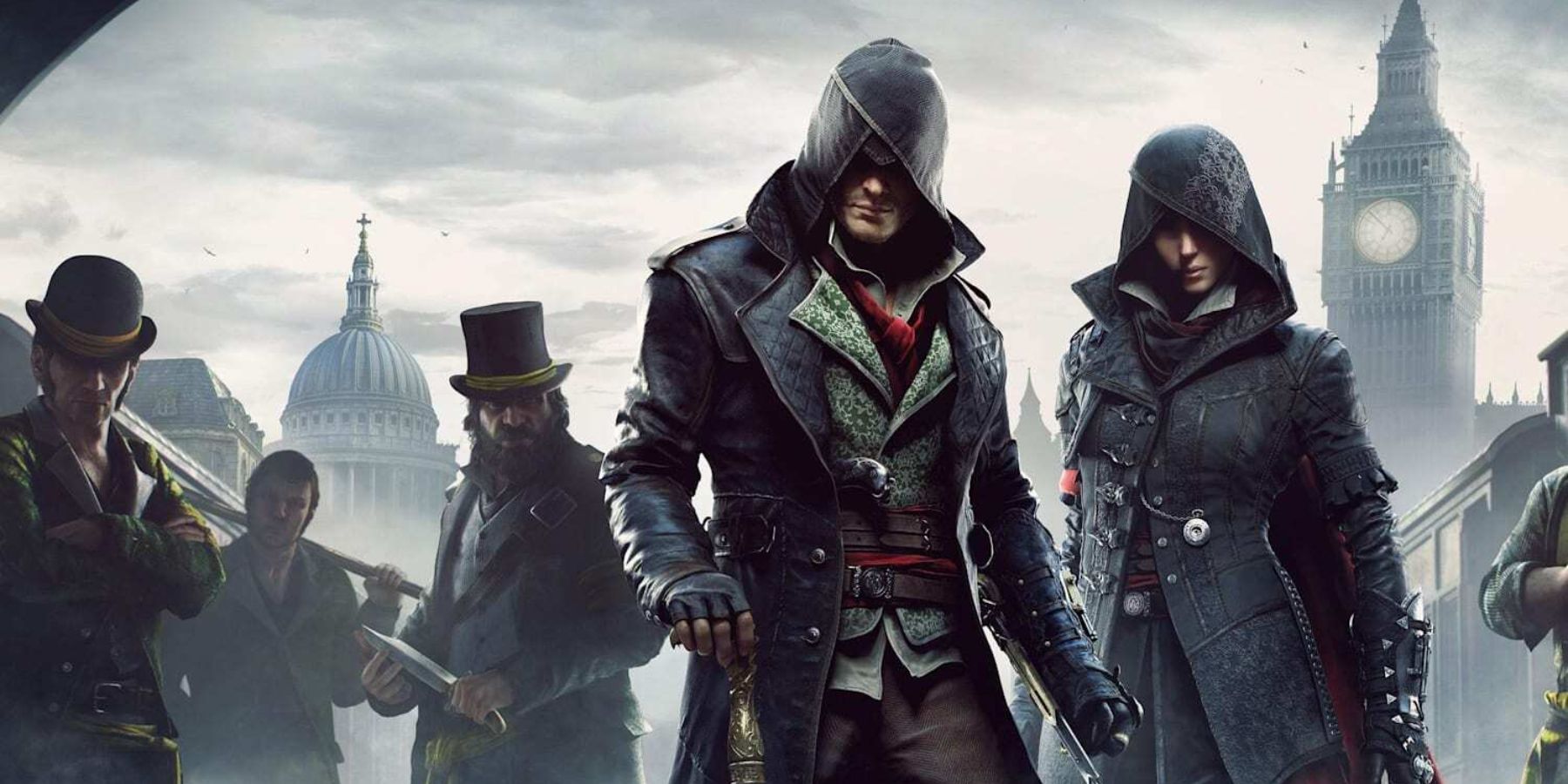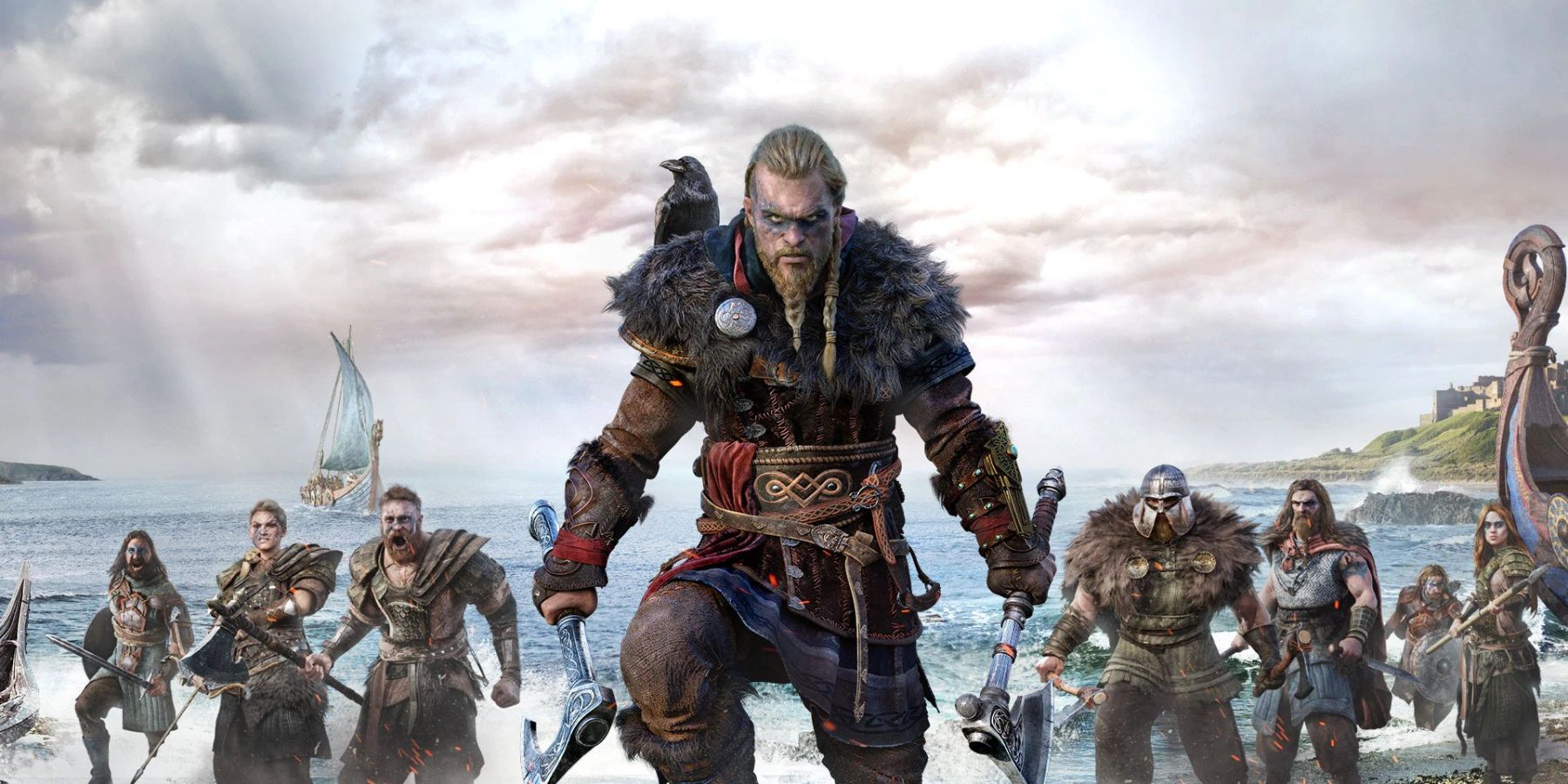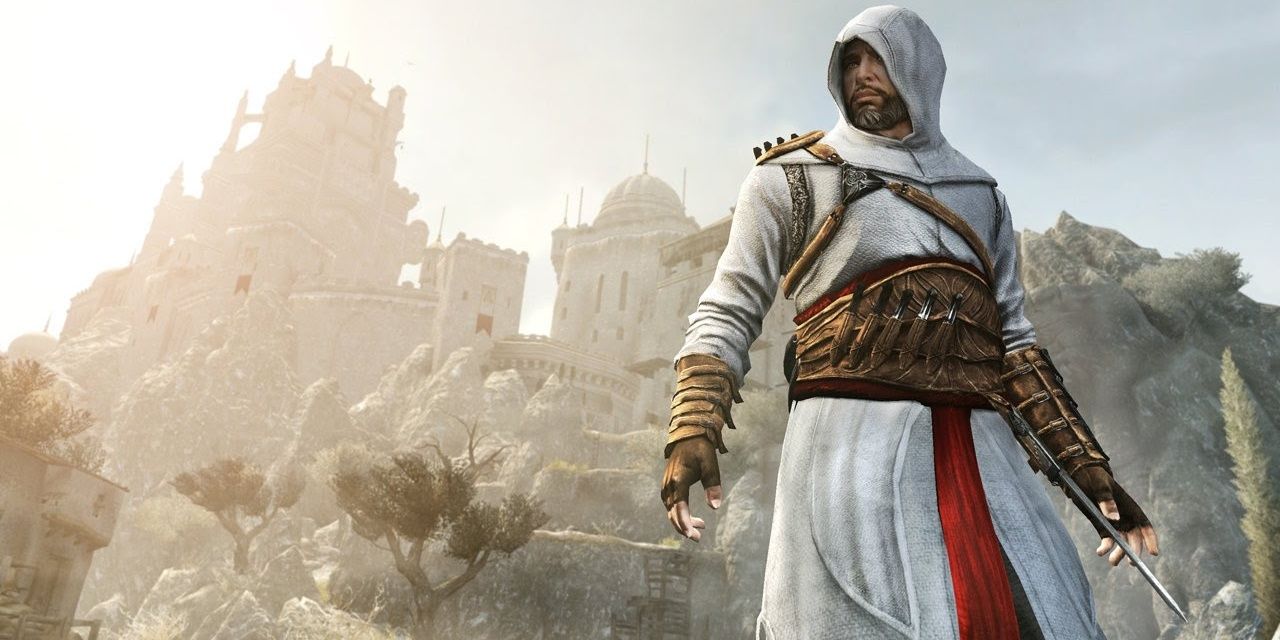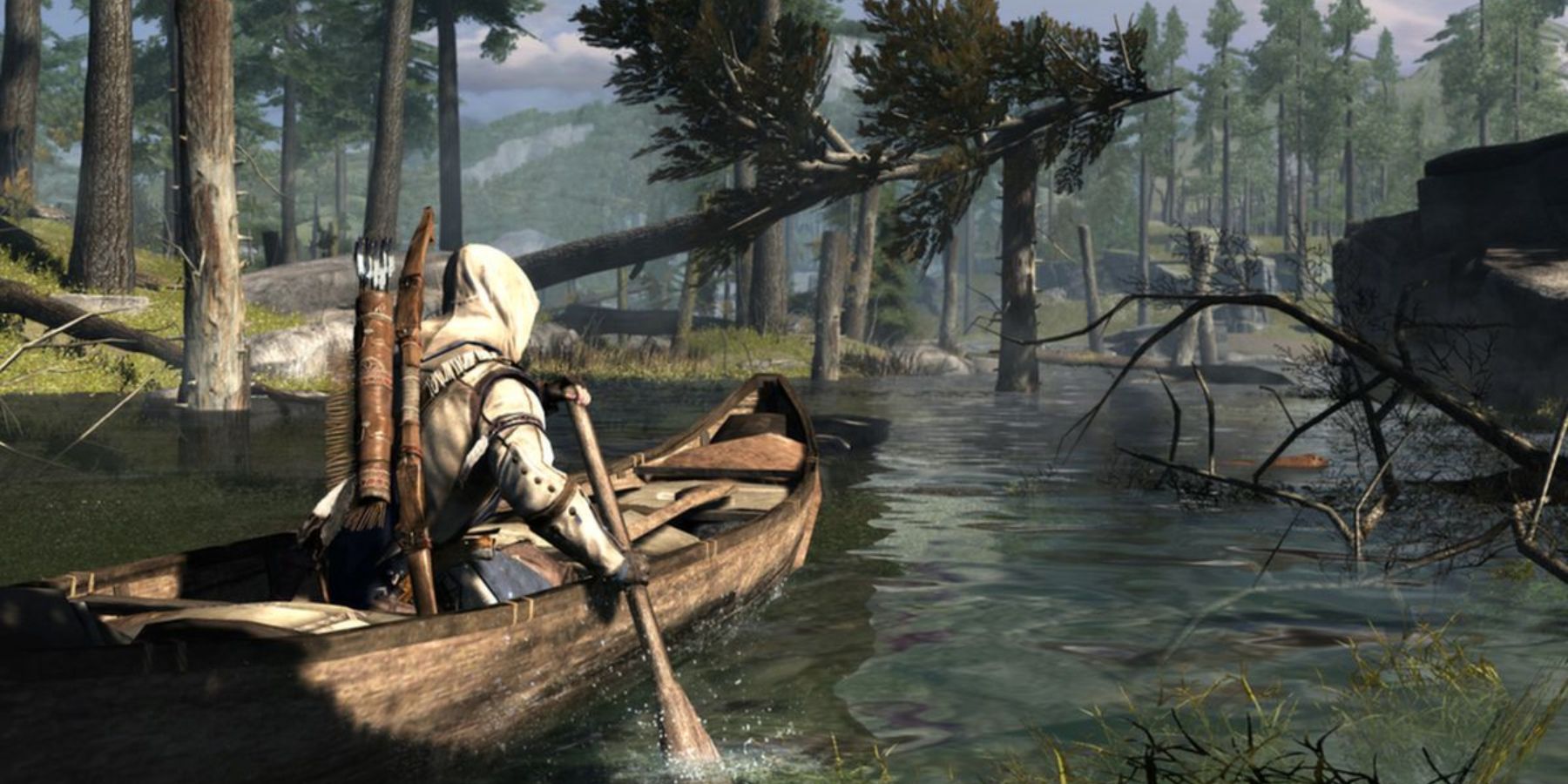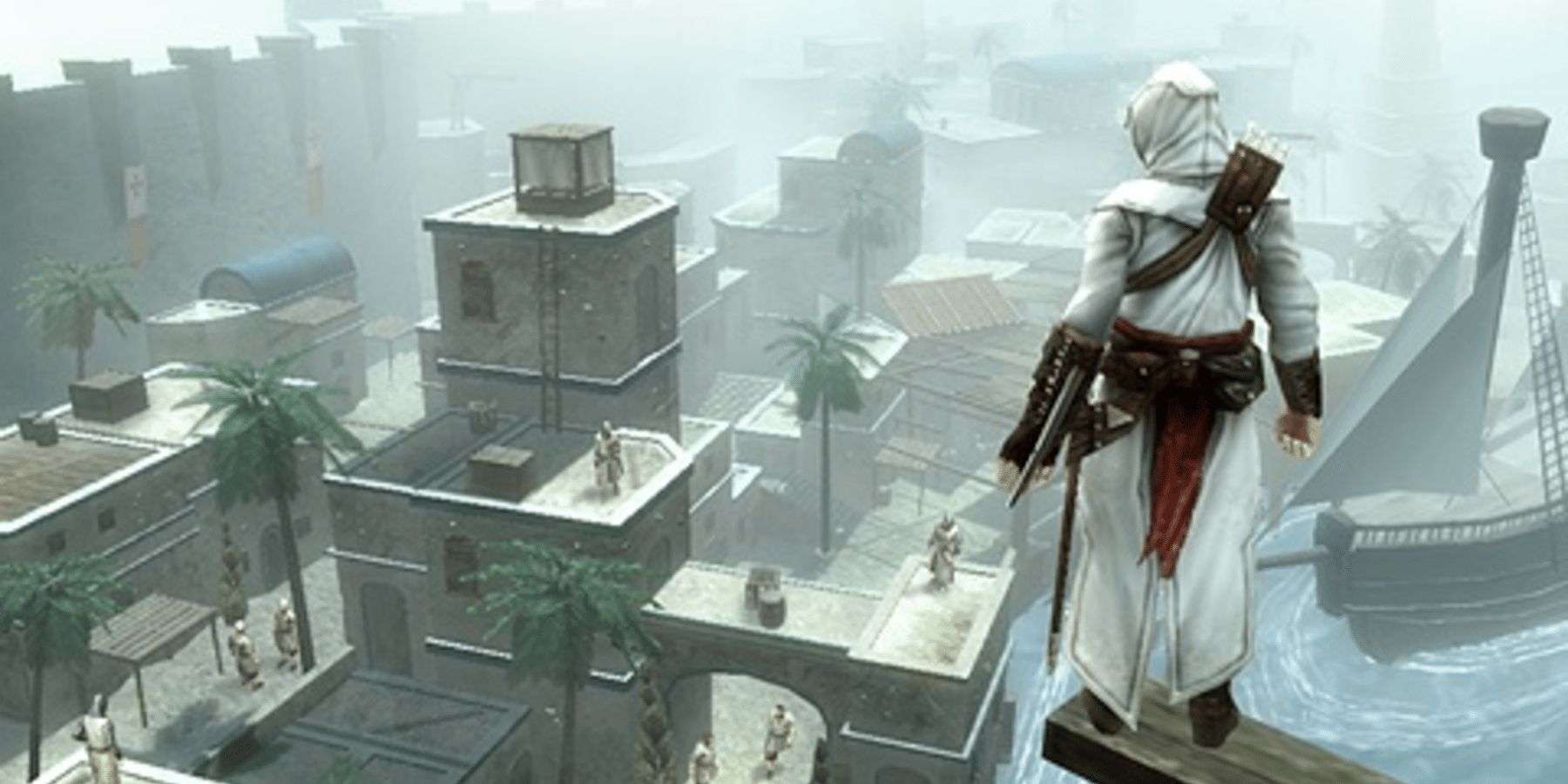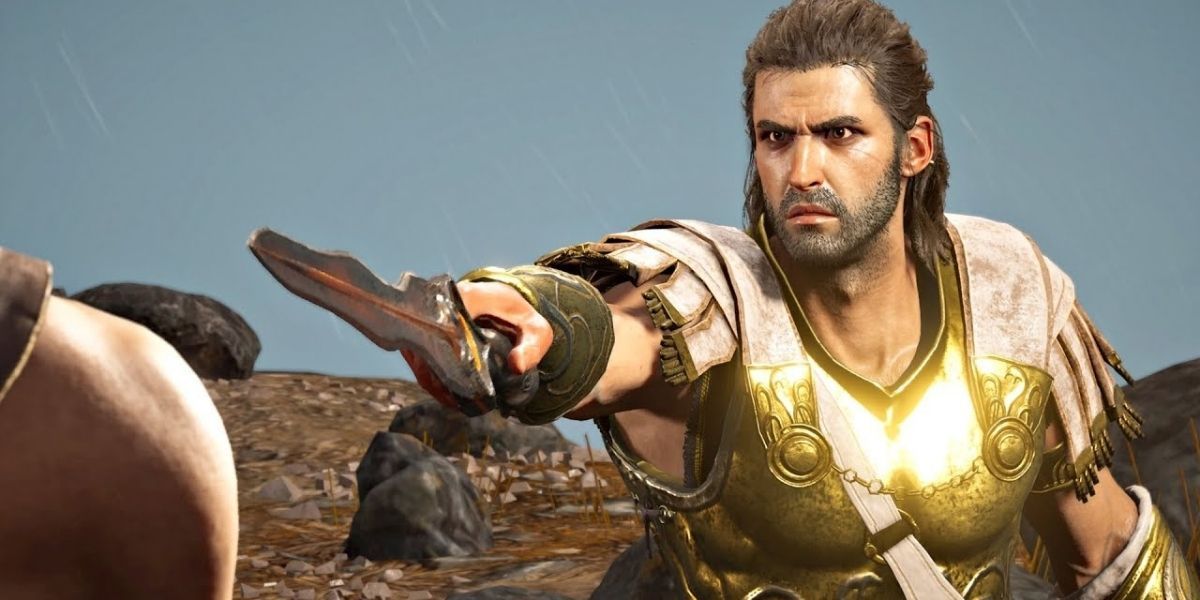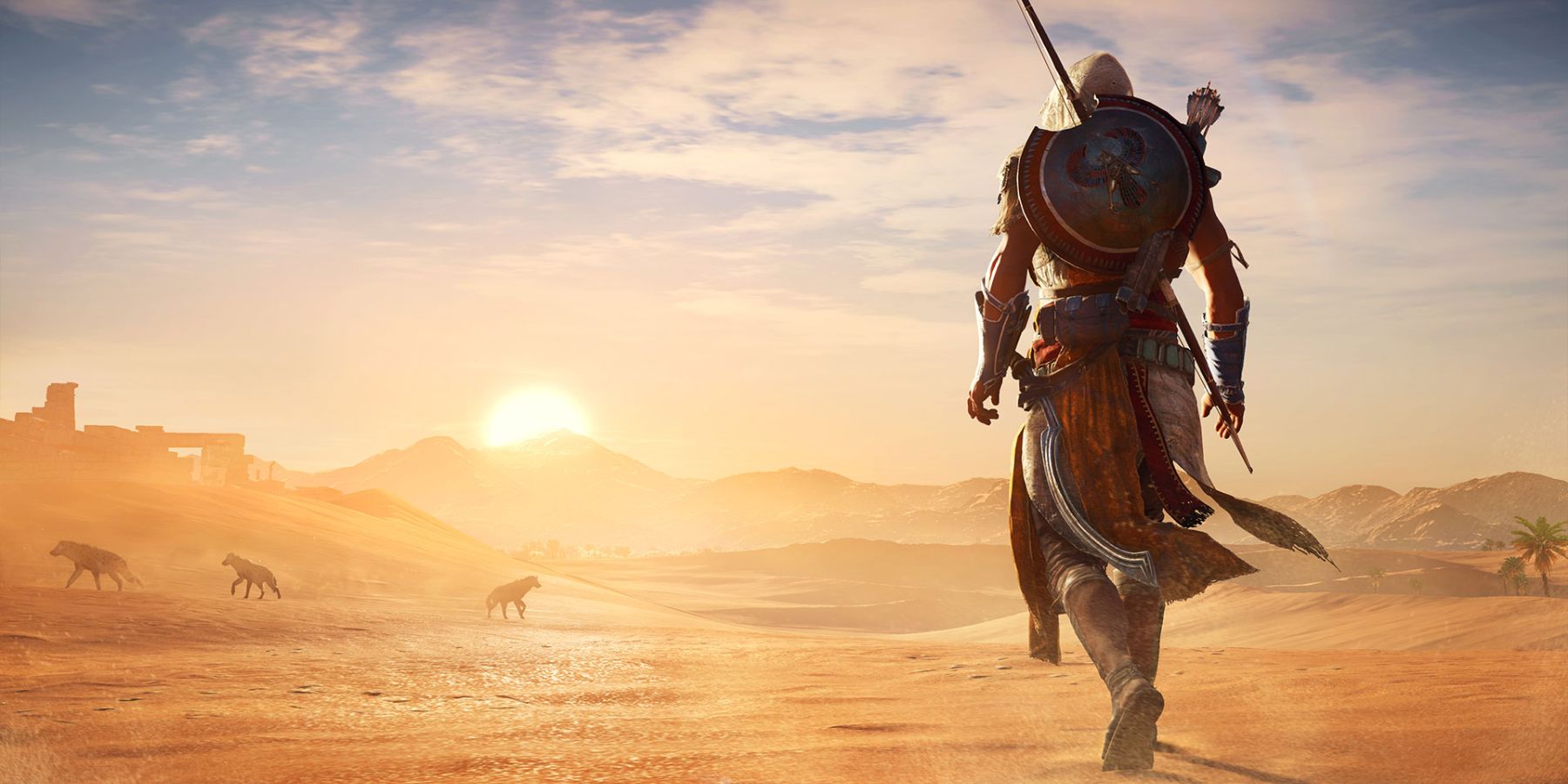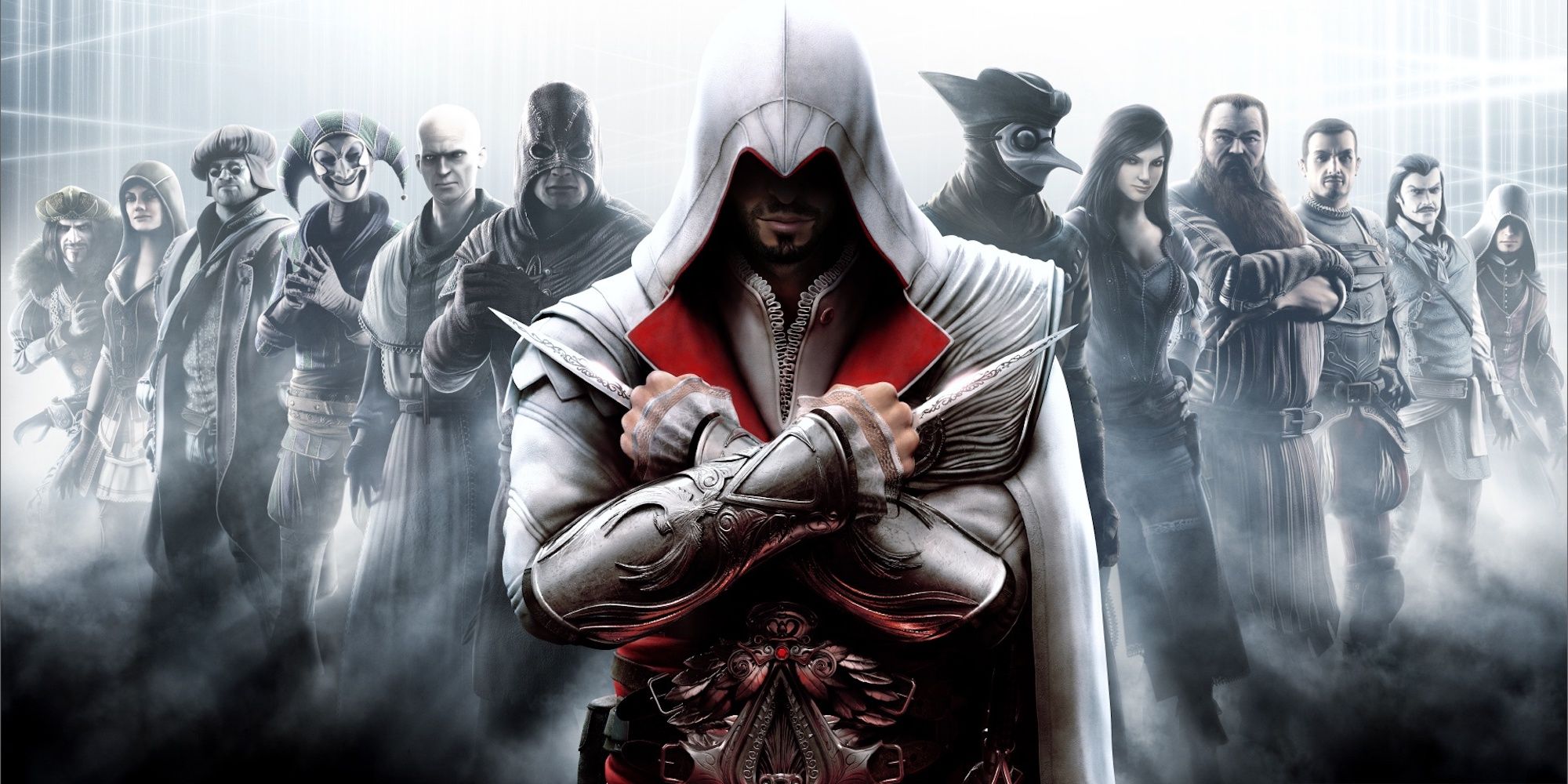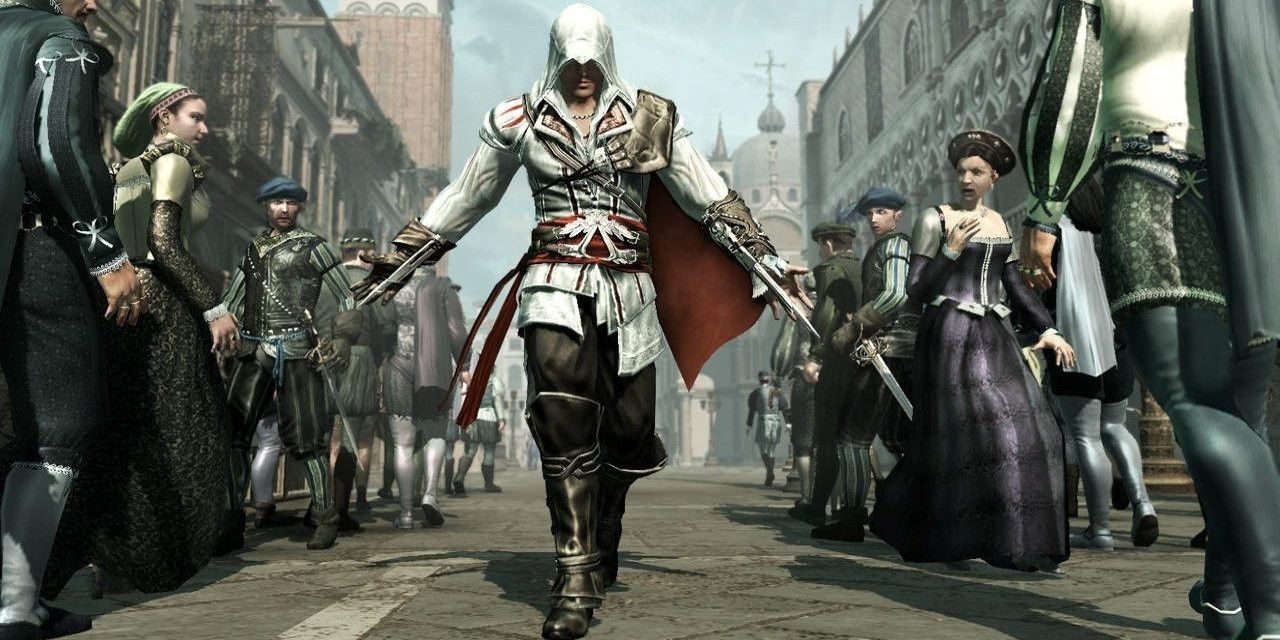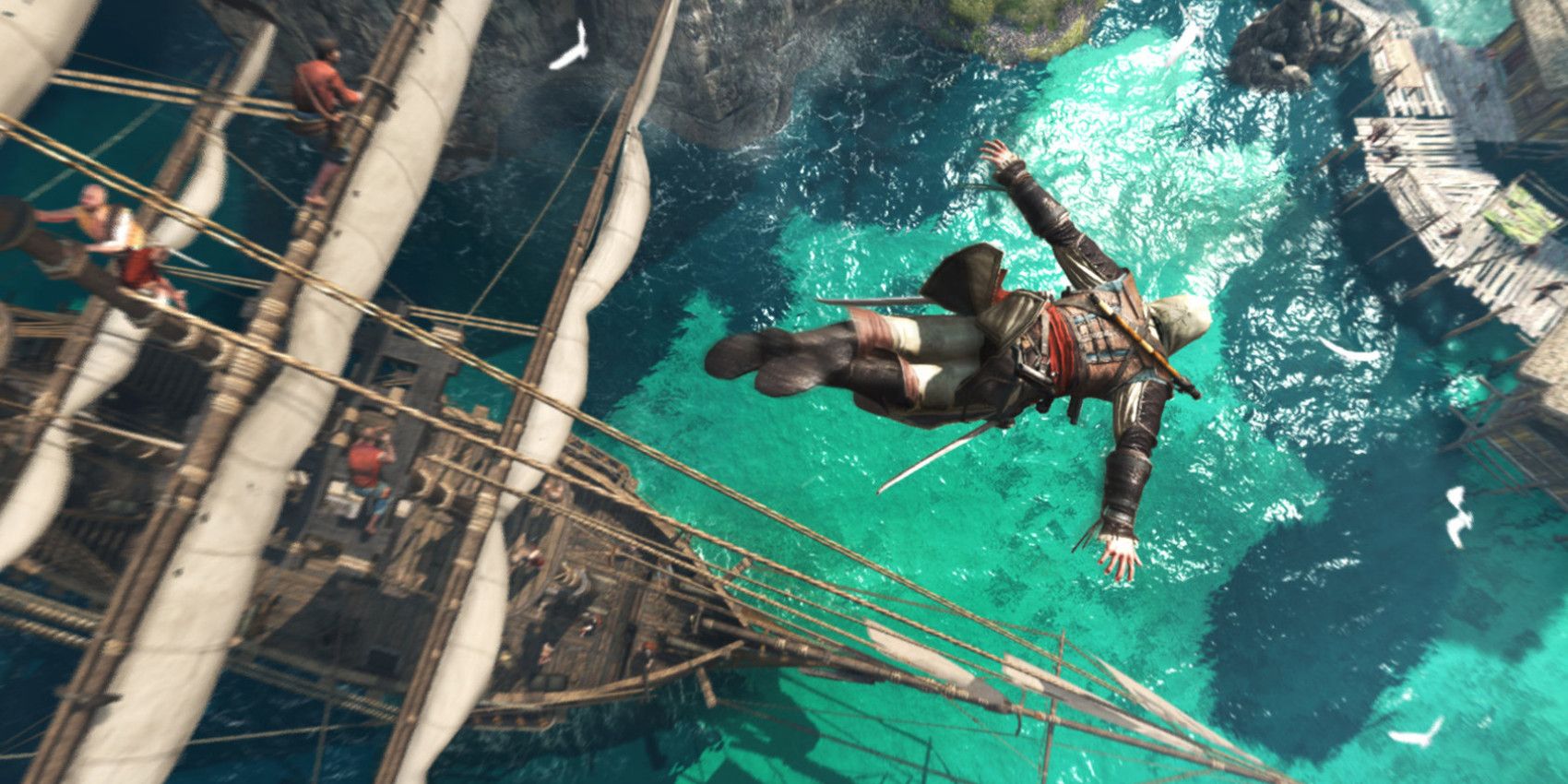Assassin’s Creed is one of the most popular video game franchises ever according to Paste Magazine. With over two dozen console, mobile, and handheld games, the series has transformed from a Prince of Persia-knock off to a formidable brand that has spawned numerous books, board games, a movie, and a forthcoming Netflix TV show.
Yet the core of the property’s popularity remains its baseline console games. Since 2008, 12 games have been released for different generations of Sony, Microsoft, and Nintendo’s video game systems. While some have varied in commercial success and quality, they all have elicited user reviews on Ranker that showcase the franchise’s fascinating if rocky journey from an almost unnoticed one-off game to a massive franchise with a narrative that seemingly has no end.
Assassin’s Creed: Syndicate
Released after the critically derided Assassin’s Creed: Unity, Syndicate is the first AC game to include two playable protagonists. As either Jacob or his twin sister Evie Frye, the player is tasked with taking down the Templar Order in 1860s Victorian-era England. Along the way, they encounter such historical figures as Charles Darwin, Alexander Graham Bell, and Queen Victoria before taking on the main’s villain, Crawford Starrick, in the bowels of Buckingham Palace.
Syndicate had a tough task of repairing the ill will left in the wake of Unity’s bug-ridden release in 2015, which had soured many with its revamped parkour and dense crowds filled with glitchy NPCs. In addition, critics complained of the tedious battle mechanics and emphasis on Jacob rather than his more likable sibling, which caused the game to feel more difficult and long than it actually was. Yet the game was praised for its gorgeous graphics and compelling co-lead Evie, who still stands as one of the best female characters in any Assassin’s Creed game.
Assassin’s Creed Valhalla
The newest entry in the series, Assassin’s Creed Valhalla focused on the exploits of a group of wandering Vikings led by Eivor, who traveled from Norway to England in the 870s in search of a better life. In medieval England, Eivor encounters numerous real-life figures such as Arthur the Great and mythological beasts like Beowulf in their quest to establish a settlement and uncover the mystery of The Hidden Ones.
The series perfected the gameplay and narrative innovations introduced in Odyssey by again having the option of both a male and female protagonist to slice through assorted Viking and English warriors. Valhalla is notable for possessing some memorable quotes and having the longest continued support of an AC game from Ubisoft, who have delivered numerous DLC, game events, and new weapons and costumes over a 2-year (and counting) period.
Assassin’s Creed: Revelations
The third and final part in the Ezio trilogy, Revelations focused on an older and more melancholy Ezio as he traveled from Rome to Constantinople to gain the five keys to Altair’s hidden library. In addition to the usual Templar enemies, Ezio also has to contend with royal intrigue as is pulled into a succession conflict between Prince Ahmet and his brother Selim.
The chief complaint about Revelations was its Ottoman Empire setting, which didn’t offer the simple visual or gameplay pleasures as Florence and Rome, the previous locales for Ezio’s adventures. Both critics and gamers, however, enjoyed the complex narrative of the story, which somehow united Ezio and Altair despite their characters existing hundreds of years apart.
Assassin’s Creed III
The series reached its popularity apex in 2012 with the release of Assassin’s Creed III, which is the best-selling game in the franchise with over 12 million copies shipped according to VGChartz. The game was the first in the three-part Kenway Saga and focused on two characters: Haytham Kenway, an Englishman who leads a faction of the Templars in Revolutionary War-era America; and Ratonhnhake:ton/Connor, his half-Mohawk son who aligns himself with the Assassins.
While retroactive reviews for the game are more divisive, contemporary noticed were more effusive. The game was praised for its new American setting, which allowed for a more detailed crafting system that tasked the player to hunt for materials to use in combat. More importantly, Assassin’s Creed III introduced naval warfare to the series, which would later be fully developed in Black Flag and utilized in nearly every release after Syndicate.
Assassin’s Creed
The game that started it all, the original Assassin’s Creed was released in 2008 as a reworked Prince of Persia sequel that incorporated the then-unprecedented combination of parkour and interactive NPCs. The story focused on Altair, a senior member of the Assassins who lived during the Crusades, and Desmond, a modern-day bartender who discovers a device that allows a person to experience the memories of historical figures.
While its repetitive gameplay and dated graphics have aged poorly, Assassin’s Creed was a groundbreaking game for its time. It was one of the first games to truly allow the player to explore a detailed open-world environment and interact freely with the people and buildings that populated within it.
Assassin’s Creed Odyssey
After Origins restored the reputation of the series, Ubisoft capitalized on that game’s critical and commercial success and released Odyssey a year later. Set in ancient Greece, gamers could play as either Kassandra or Alexios, two siblings who seek to uncover the truth about the mysterious and deadly Cult of Kosmos.
More so than Origins, Odyssey fundamentally altered the usual Assassin’s Creed formula. Stealth and parkour were de-emphasized in favor of an elaborate dialogue and combat system, which allowed for gamers to engage in multiple romances and influence the outcome of the narrative. This introduced an RPG element to the series that most critics and fans welcomed. In addition, the game was praised for allowing gamers to choose between a male and female protagonist, which altered how the story was told, and for its intimidating bosses, some of whom rank as some of the scariest in the Assassin's Creed franchise.
Assassin’s Creed Origins
After the catastrophic launch of Unity and the disappointing sales of both Syndicate and Assassin’s Creed: Rogue, the franchise took a year off before returning triumphantly with Origins. Set in the era when Pompey the Great and Cleopatra ruled Egypt, the game featured married couple Bayek and Aya as they sought to gain revenge for the murder of their adolescent son, an act which ultimately helped found the Order of the Assassins.
With a revamped combat system and stunning next-gen visuals, Origins was hailed by many as a refreshing reboot of a then-decade old franchise. Fans particularly liked Origins' main character, Bayek, and the Egyptian setting, which allowed players to ride camels across the desert, climb pyramids and explore hidden tombs filled with clues, loot, and innovative puzzles that both challenged and entertained.
Assassin’s Creed: Brotherhood
As the second part of the Ezio trilogy, Brotherhood followed Ezio as he moved from Florence to Rome to battle the Borgias, who have aligned themselves with the Templars. Aided by his sister and uncle, Ezio seeks to attain the Apple of Eden that will tip the balance of power in the Assassin Order’s favor.
Brotherhood continued to improve on the formula that was started in the first game and perfected in the sequel. The film’s most notable achievement, and most critically praised, was the introduction of the Brotherhood of Assassins, which allows gamers to recruit NPCs and help Ezio when battling Templars. In addition, the game featured a much-loved multiplayer mode for the first time in the series.
Assassin’s Creed II
One of the greatest video game sequels of all time, Assassin’s Creed II introduced gamers to the most beloved character in the franchise: Ezio Auditore da Firenze. First seen as a naïve womanizer on the streets of Florence, Ezio is recruited by the Order of the Assassins after witnessing the brutal deaths of his brothers and father at the hands of the Templars.
This sequel was praised for improving on the original in almost every way. The city of Florence was more dynamic than AC's static locations, allowing the player to enter inside buildings. Players could also now swim, employ “Eagle Vision” to detect nearby enemies, interact more with NPCs, and control the camera to allow for a complete view of the surroundings. Perhaps most importantly was Ezio himself; compelling, charismatic, and always interesting, he is the only character to headline more than one game in the franchise.
Assassin’s Creed IV: Black Flag
The second part of the Kenway Saga, Black Flag was created almost entirely around the universally praised naval warfare gameplay mechanic that was introduced in Assassin’s Creed III. Taking place primarily in the Caribbean during the Golden Age of Piracy in the 18th century, gamers play as Edward Kenway, grandfather to III’s Connor, as he rides his pirate ship the Jackdaw in pursuit of buried treasure and, later, a Piece of Eden that both the Assassins and the Templars are desperate to find.
With 5 games already released, the franchise’s stealth formula was already growing stale, which is why Black Flag was so warmly welcomed by both critics and fans when it was released in 2013. With its focus on long-distance combat between ships on open seas, the game provided a refreshingly new perspective on the series’ complex narrative. Black Flag also introduced several memorable characters including Aveline and Adéwalé, who would later star in his own critically praised DLC called Freedom Cry.

